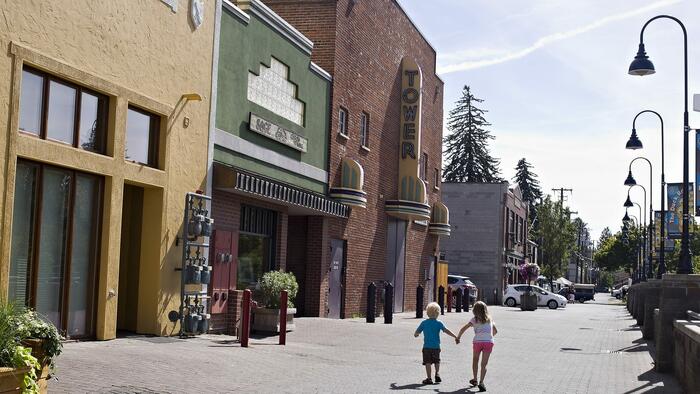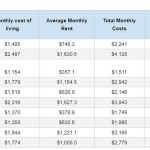As Americans left major cities in droves in search of wide-open spaces during the pandemic, small, ‘relatively obscure’ towns saw the largest influx of new residents, according to Pew, citing US Census statistics and Stateline analysis of postal address changes.
“People were already coming here in hordes, and then it just exploded in the pandemic,” said Lynne McConnell, housing director for Bend, Oregon. “More would be coming if we had housing to accommodate them.”
Affluent workers who could do their jobs remotely had an easier time moving to far-off areas, especially places like Bend that aren’t commutable. Before the pandemic, people moved mostly for a new job, but since then moves have become more about comfort and lifestyle factors such as good neighborhoods, home ownership, climate and recreation, said Peter Haslag, an assistant finance professor at Vanderbilt University who studied pandemic moves. -Pew
Unsurprisingly, the influx of new residents – and the increase in property taxes they signed up for – has resulted in a much-needed boost to bond ratings for remote municipalities, allowing them to borrow more money for infrastructure projects to accommodate the growth, according to another Haslag study.
“It becomes relatively less expensive [for growing cities] to take on new projects,” he said. “The evidence suggests that areas that experienced significant inflow during the pandemic should experience relatively greater economic growth.”
Small town boom
While Bend, Oregon saw the net influx of new residents triple to 1,214 in the first year of the pandemic, other small towns have seen similar inflows.
In Daphne, Alabama – a city of 27,000 near Mobile, new residents tripled to 1,543 – another tripling. Similar influxes were observed in Martinsburg, West Virginia; Kalispell, Montana; Elkhorn, Nebraska; and Lee’s Summit, Missouri, according to the report.
The flood of new residents has caused both a real-estate boom and a shortage of skilled labor.
“The problem is the people who swing the hammers can’t afford to live here at the wages construction companies can pay.”
Newcomers have caused tension with longtime residents, who face impossible homebuying costs and more crowding on scenic mountain and desert trails. A few “Don’t Move Here” bumper stickers have appeared to compete with the standard “Be Nice! You’re in Bend” sentiment on stickers, McConnell said. -Pew
“I wound up bidding on countless houses, entering into new construction contracts only for the builder to back out as the price of materials made it impossible,” said Ellen Waterson, who sold a house in Bend before the pandemic, intending to rent for a few months before finding a smaller place to move into. “I finally got into a house in Bend only because I happened on a for-sale-by-owner [sign].”
In the sun belt states, small towns also dominated over larger cities. In Maricopa County, Arizona, the small suburb of Buckeye saw the most pandemic moves vs. larger Phoenix – which was the fastest-growing city in the 2010s.
On the East Coast, people flooded into Stamford, CT, which saw in-moves similarly triple during the first year of the pandemic.
“The neighborhood near the train station was overrun by New Yorkers escaping the city,” said Terri Ann Lowenthal, a Connecticut-based census consultant. “A local developer was building luxury rental buildings faster than you can spell ‘Connecticut.”












